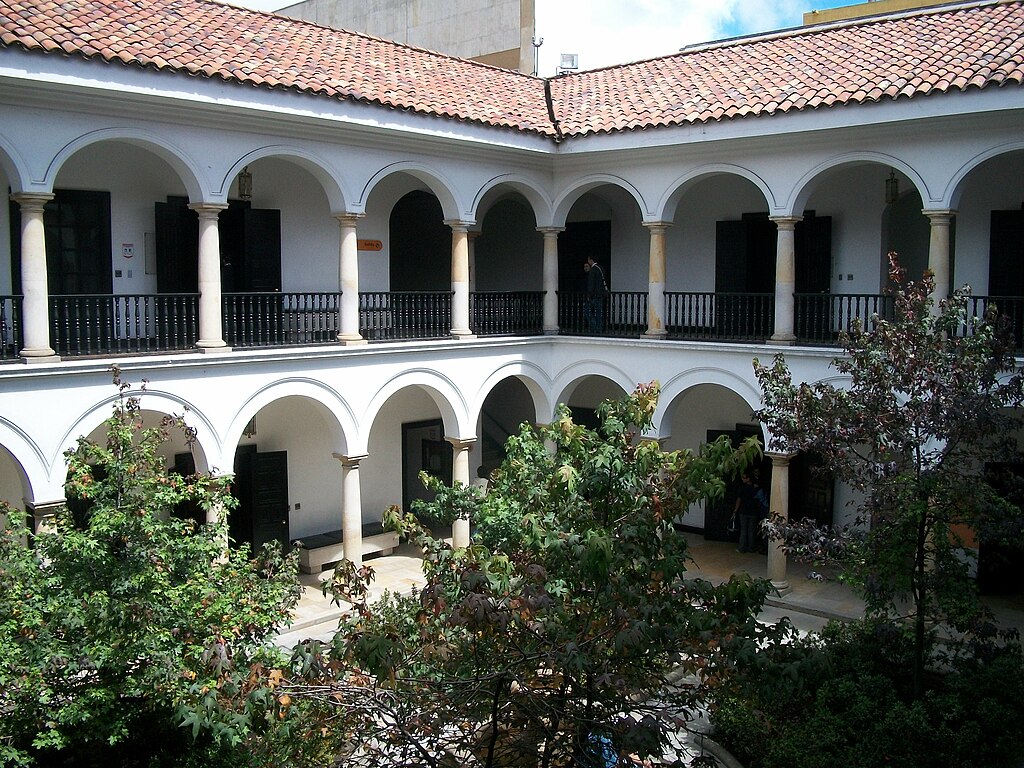
Pollice Verso by Jean-Léon Gérôme depicts the thumbs-down gesture given by spectators at the Colosseum to the victorious gladiator during the Roman Imperial age.
The defeated gladiator with the foot to his throat has raised his two fingers to plead for mercy. The phrase “Pollice Verso” is from the Latin phrase “with a turned thumb” and is the eponymous Roman gesture directed to the winning gladiator.
Jean-Léon Gérôme’s painting included several fallen gladiators, Vestals in white, a mass of spectators, and the emperor in the imperial box.
As a historical painting of the era, Pollice Verso was popular with viewers affording them a sense of moral superiority over previous cultures. This painting has been an inspiration for statues, pictures, films, and images of Gladiators.
Murmillo
The victorious gladiator in this painting is called a Murmillo. A Murillo-class gladiator was adopted in the early Imperial period to replace the earlier Gallus gladiators, named after the warriors of Gaul.
As the Gauls had become integrated into the Roman Empire by the time of the reign of Augustus, it became undesirable to portray them as enemy outsiders.
The Murillo fighting style was suited for big tall men with large muscular arms and strong, hefty shoulders needed to carry the weight of the shield and sword and heavy helmet.
The Murillo depended on his strength and endurance to survive the battle against foes who were more suited to attacking. The Murmillo gladiator was heavily armed with the following equipment:
- Gladius: a Roman sword with a length of 64–81 cm with a handle made of bone.
- Cassis Crista: A large helmet made of bronze, with a curved grill face visor.
- Balteus: Leather belt with metal decorations.
- Manica: A mailed or scaled arm guard made of leather or metal alloys.
- Ocrea: Shin guards made of gold, silver, or other metals.
- Fasciae: Thick, soft padding on legs to prevent calluses and blisters from guards.
- Scutum: Shield made with a bronze boss to protect the shield’s handle.
Retiarius
The defeated gladiator on the ground and underfoot in this painting is called a Retiarius. A Retiarius, which means “net-man” in Latin, was a Roman gladiator who fought with equipment styled on that of a fisherman.
The Retiarius gladiator was lightly armed with no head protection or footwear. They battled with the following equipment:
- Fuscina: a three-pointed trident.
- Pugio: a dagger.
- Manica: a guard for the arm.
- Galerus: a guard for the shoulder.
- Subligaculum: clothing consisted of a loincloth held in place by a wide belt, or of a short tunic with light padding.
The net-fighter made up for his lack of protection armor by his speed and agility to avoid a heavily-armed opponent’s attacks and waiting for the opportunity to strike.
Retiarius gladiators would try to throw their nets over their rivals and attacked with their trident while their adversary was entangled. Alternative tactics included ensnaring the enemy’s weapons in the net to make the opponent defenseless.
Vestals
In ancient Rome, the Vestals or Vestal Virgins were priestesses of Vesta, goddess of the hearth. They cultivated the sacred fire that was not allowed to go out.
The Vestals were freed of the usual social obligations to marry and bear children and took a 30-year vow of chastity to devote themselves to the study and correct observance of state rituals.
According to Plutarch, there were only two Vestal Virgins when the College of the Vestals began. This number was later increased to six. In this painting, we can see six white dressed Vestals.
Who was protecting the sacred fire that was not allowed to go out?
Jean-Léon Gérôme
Jean-Léon Gérôme (1824 – 1904) was a French painter and sculptor, and his body of work includes historical paintings, Greek Mythology, Orientalism, and portraits in the academic painting tradition.
Pollice Verso
- Title: Pollice Verso
- Latin: With a turned thumb
- Artist: Jean-Léon Gérôme
- Year: 1872
- Type: Oil on canvas
- Dimensions: Height: 96.5 cm (37.9″)
- Type: History Painting
- Museum: Phoenix Art Museum
Jean-Léon Gérôme
- Artist: Jean-Léon Gérôme
- Born: 1824 – Vesoul, Haute-Saône, France
- Died: 1904 (aged 79) – Paris, France
- Nationality: French
- Movement: Academicism, Orientalism
- Notable works:
- Pygmalion and Galatea
- The Cock Fight
- The Duel After the Masquerade
- Phryne before the Areopagus
- Pollice Verso
Pollice Verso by Jean-Léon Gérôme
Tour of History Paintings
- “Washington Crossing the Delaware” by Emanuel Leutze
- “The Family of Darius before Alexander” by Paolo Veronese
- “Las Meninas” or “The Ladies-in-Waiting” by Diego Velázquez
- “The Third of May 1808″ by Francisco Goya
- The Second of May 1808 – The Charge of the Mamelukes by Francisco de Goya
- “The Fighting Temeraire” by Joseph Mallord William Turner
- “Westward the Course of Empire Takes Its Way” by Emanuel Leutze
- “The Capture of the Hessians at Trenton, December 26, 1776″ by John Trumbull
- “The March to Valley Forge” by William B. T. Trego
- “The Massacre at Chios” by Eugène Delacroix
- “The Execution of Lady Jane Grey” by Paul Delaroche
- “Cromwell in Battle of Naseby” by Charles Landseer
- “The Surrender of Breda” by Diego Velázquez
- “Hannibal and his Army Crossing the Alps” by J. M. W. Turner
- “The Death of Marat” by Gioacchino Giuseppe Serangeli after Jacques-Louis David
Pollice Verso
- “Oath of the Horatii” by Jacques-Louis David
- “The Coronation of Napoleon” by Jacques-Louis David
- “The Burning of the Houses of Lords and Commons by J. M. W. Turner
- “The Burning of the Houses of Parliament” by J. M. W. Turner
- “The Triumph of Cleopatra” by William Etty
- “Dempsey and Firpo” by George Bellows
- Floreat Etona! by Elizabeth Thompson
- Scotland Forever! by Elizabeth Thompson
- “The Last Day of Pompeii” by Karl Bryullov
- Leonidas at Thermopylae by Jacques-Louis David
- The Election Series by George Caleb Bingham
- “The Defeat of the Floating Batteries at Gibraltar” by John Singleton Copley
- “Watson and the Shark” by John Singleton Copley
- “The Death of Major Peirson, 6 January 1781″ by John Singleton Copley
- “Frederick the Great Playing the Flute at Sanssouci” by Adolph Menzel
- “The Anatomy Lesson of Dr. Nicolaes Tulp” by Rembrandt
- Entry of Alexander into Babylon by Charles Le Brun
Pollice Verso
~~~
“Death smiles at us all. All we can do is smile back.”
– Marcus Aurelius from the movie Gladiator
~~~
Photo Credit: 1) Jean-Léon Gérôme [Public domain], via Wikimedia Commons
Popular this Week








 Sponsor your Favorite Page
Sponsor your Favorite Page SEARCH Search for: Search Follow UsJoin – The JOM Membership Program
Sponsor a Masterpiece with YOUR NAME CHOICE for $5
Share this:
- Tweet
